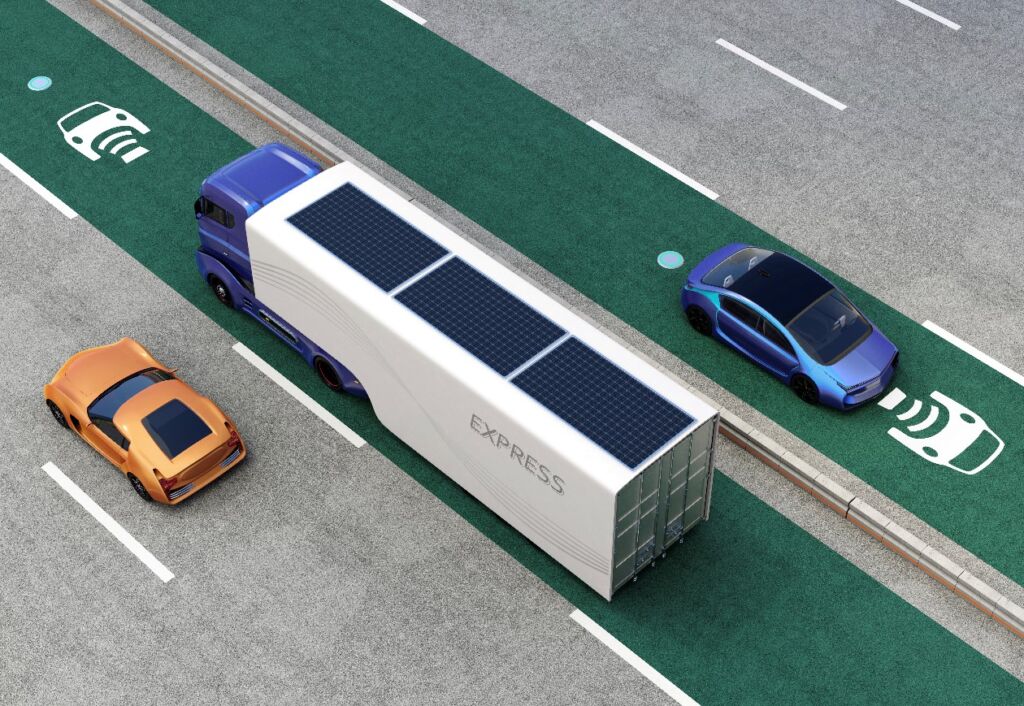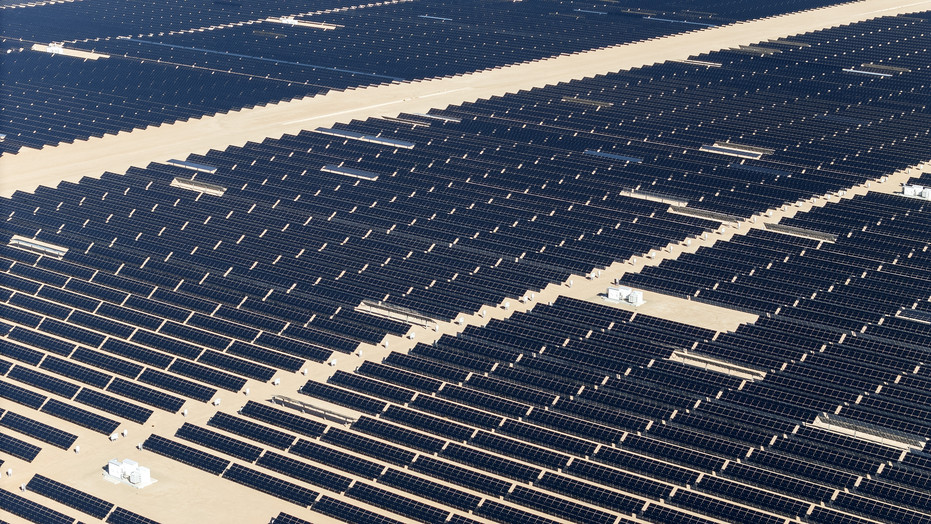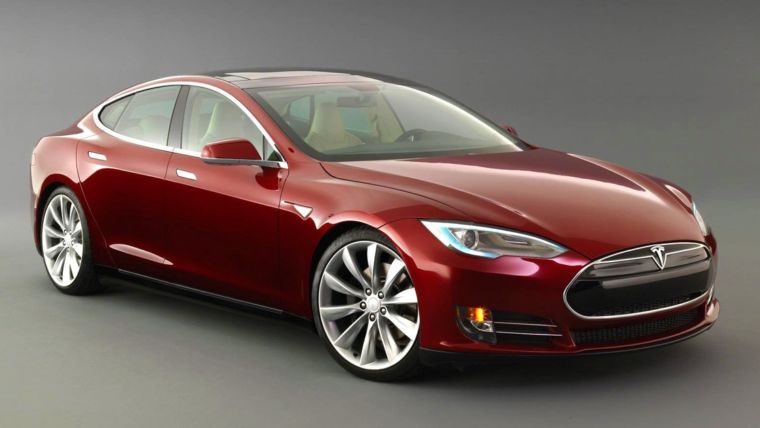I am going to start today where I left off last edition, with more on how climate change is impacting the insurance business. And then I will cover a variety of other subjects. The second article is about a topic I’ve written about very little and that is how climate change is effecting mental health. Unfortunately, this may be about you. I have discussed this with a number of people that tell me that they are having psychological issues thinking about the future as it relates to their feelings of hope or hopelessness. After that, several of my usual topics on energy, CO2 removal and the ocean currents.
I’m going to editorialize a little bit before getting to the news. Those of you who have been reading my blog for a long time, some of you for getting close to three decades (the mid 90’s) know that I have said repeatedly that climate change is happening faster and the consequences are going to be more severe than the “experts” are willing to say. And this is exactly what is happening. You think it’s crazy warm, even hot, this winter? Chicago was in the 70’s last week… IN FEBRUARY!! Remember, in the future, you’ll be looking back on this time and thinking how much cooler it was.
At this point we’ve already locked in a very different future than humans have ever experienced in the last 10,000 years since civilization began to develop. While we’re moving towards a carbon/methane free future it’s not fast enough by a long shot. So as the transition continues we are all going to have to adapt to a vastly different world for which many of the consequences are unpredictable.
I’ll finish the articles with a small sliver of potentially good news about efforts to suck carbon out of the atmosphere. Technically it can be done. The crucial question is can it be done at scale, quickly enough to make a difference and, be affordable? At this point, considering what climate change is already costing, affordability is a relative question.
From E&E News
Insurers Race to Study Wildfires as Losses Mount
Wildfires have upended the insurance industry, in part because climate change is fueling bigger and more destructive blazes.
02/08/2024

Wildfires have torched U.S. forests and grasslands throughout history. But it wasn’t until the last decade or so that fires more regularly started destroying hundreds of homes at a time, generating billions of dollars in insured losses in states such as California and Hawaii.
Wildfire-related insured losses have skyrocketed over the last decade. Nine of the 10 costliest wildfires in U.S. history through 2022 took place in or after 2017, according to the Insurance Information Institute. And data from SwissReshows that global insured losses between 2011 and 2020 for wildfires alone were more than five times higher than losses in the previous three decades
From E&E News
It’s Not Just Hurricanes. Insurers Pelted by Losses from Hail, T-storms.
Research from Moody’s Investors Service finds that “non-peak perils” drive many disaster claims.
02/06/2024
Property insurers face a growing threat from natural disasters that are typically less destructive than hurricanes — but occur more frequently and are intensifying with climate change.
That’s according to Moody’s Investors Service, which in a new report took stock of recent insured losses from disasters such as thunderstorms, floods and wildfires.
Analysts found that these types of disasters, which they refer to as “non-peak perils,” accounted for more than half of global insured natural catastrophe losses over the last six years on average.
Notably, hail, wind and tornadoes resulting from thunderstorms drove the surge.
That was especially true last year, which saw a relatively inactive hurricane season. Citing data from Swiss Re, Moody’s noted that severe convective storms specifically were the single largest source of insured losses in 2023, accounting for a whopping 60 percent — or $60 billion — of globally insured natural catastrophe losses.
The findings comes as a pair of atmospheric rivers lash California, unleashing high winds and heavy rain that have triggered flash floods and mudslides.
But they also come as insurers are under pressure to continue providing affordable coverage to homeowners across the country despite soaring climate risk, reinsurance costs and global inflation.
Moody’s said mounting losses from nonhurricane events and “severe convective storms specifically” will only further complicate the situation — potentially making it more difficult for property owners to find affordable insurance.
From Bloomberg News
Climate Change Is Fueling a New Type of Anxiety, Therapists Say
Mental health experts are reporting a rising number of patients experiencing high levels of stress over global warming and its impacts. How are they treating it?
February 16, 2024

A flooded street following tropical cyclones in Porto Alegre, Brazil, in September.Photographer: Tiago Coelho/Bloomberg
Climate anxiety is a different beast, Hickman says. “We don’t 100% know how to deal with it. And it would be a huge mistake to try and treat it like other anxieties that we are very familiar with that have been around for decades. This one is much, much worse.”
Read More: Climate Anxiety Can Feel Like ‘There’s No Safe Harbor’
In the most critical cases, climate anxiety disrupts the ability to function day to day. Children and young people in this category feel alienation from friends and family, distress when thinking about the future and intrusive thoughts about who will survive, according to Hickman’s research. Patients obsessively check for extreme weather, read climate change studies and pursue radical activism. Some, devastatingly, consider suicide as the only solution. And Hickman isn’t the only expert seeing this. In her book A Field Guide to Climate Anxiety, Sarah Ray describes a student who had such severe “self-loathing eco-guilt” that she stopped consuming much at all, including food.
Most people’s concern about global warming isn’t that pronounced. It can be difficult to pin down exactly what climate anxiety is, and therefore what to do about it. Especially for adults, there’s still a stigma in admitting that it’s severely affecting your life. But therapists report they are grappling with a rise in demand from clients who say climate change is having a profound effect on their mental health, and studies suggest the angst is increasingly widespread. Existing professional methods for dealing with anxiety aren’t always suitable in these situations. For the counseling community, the situation calls for a new playbook.
In 2021, a study of 10,000 children and young people in 10 countries, co-authored by Hickman and published in The Lancet Planetary Health, found that 59% were very or extremely worried about climate change and more than 45% said it had a negative effect on their daily life. A survey of mental health professionals in the UK, published last year in The Journal of Climate Change and Health, found that they perceived “significantly more” patients describing climate change as a factor in their mental health or emotional distress, an increase the participants expected to continue. Frustratingly, climate anxiety can also overlap existing mental health problems, making it difficult to analyze in isolation.
Here’s a follow up to one of the articles posted in my last publication about what may seem kinda hard to believe or imagine but, in fact, IS actually in the initial phases of being tested and implemented.
From Bloomberg Hyperdrive

| Australia’s Wireless-Charging Trial |
A futuristic new technology may be a solution: roads that can wirelessly charge electric trucks as they drive.
In an Australia-first trial, a research group from Melbourne’s Swinburne University embed dynamic wireless charging technology into a 1.5-kilometer (0.93-mile) stretch of road as part of a broader bid to accelerate lagging EV uptake in the country. The A$8.2 million ($5.4 million) initiative has been partially funded by an A$3 million government grant.
Similar trials already have delivered promising results in other countries. Following a successful 2019 trial of a wirelessly charging road, Sweden is hoping to build the world’s first permanent electric motorway by 2025. In a project in Italy dubbed Arena of the Future, an e-bus drove for three days straight without losing power on a wireless-charging road.
From CNN
https://www.cnn.com/2024/02/09/climate/atlantic-circulation-collapse-weather-climate?cid=ios_app
Critical Atlantic Ocean Current System is Showing Early Signs of Collapse, Prompting Warning from Scientists
By Laura Paddison, February 9, 2024

A crucial system of ocean currents may already be on course to collapse, according to a new report, with alarming implications for sea level rise and global weather — leading temperatures to plunge dramatically in some regions and rise in others.
Using exceptionally complex and expensive computing systems, scientists found a new way to detect an early warning signal for the collapse of these currents, according to the study published Friday in the journal Science Advances. And as the planet warms, there are already indications it is heading in this direction.
The Atlantic Meridional Overturning Circulation (the AMOC) — of which the Gulf Stream is part — works like a giant global conveyor belt, taking warm water from the tropics toward the far North Atlantic, where the water cools, becomes saltier and sinks deep into the ocean, before spreading southward.
The currents carry heat and nutrients to different areas of the globe and play a vital role in keeping the climate of large parts of the Northern Hemisphere relatively mild.
For decades, scientists have been sounding the alarm on the circulation’s stability as climate change warms the ocean and melts ice, disrupting the balance of heat and salt that determines the currents’ strength.
While many scientists believe the AMOC will slow under climate change, and could even grind to a halt, there remains huge uncertainty over when and how fast this could happen. The AMOC has only been monitored continuously since 2004.
we can at least say that we are heading in the direction of the tipping point under climate change,”
The impacts of the AMOC’s collapse could be catastrophic. Some parts of Europe might see temperatures plunge by up to 30 degrees Celsius over a century, the study finds, leading to a completely different climate over the course of just a decade or two.
“No realistic adaptation measures can deal with such rapid temperature changes,” the study authors write.
Countries in the Southern Hemisphere, on the other hand, could see increased warming, while the Amazon’s wet and dry seasons could flip, causing serious disruption to the ecosystem.
The AMOC’s collapse could also cause sea levels to surge by around 1 meter (3.3 feet), van Westen said.
“It confirms that the AMOC has a tipping point beyond which it breaks down if the Northern Atlantic Ocean is diluted with freshwater,” he told CNN.
This study is a piece of that puzzle, Rahmstorf said. “(It) adds significantly to the rising concern about an AMOC collapse in the not too distant future,” he said. “We will ignore this risk at our peril.”
From E&E News
Renewables Set to Surpass Global Coal Power by 2025 — report
The International Energy Agency forecasts that booming renewable generation will help meet an increase in electricity use by 2026.
01/24/2024

The IEA’s Electricity 2024 report forecasts that renewable energy is set to overtake the world’s use of coal by early 2025 and will account for more than one-third of the world’s total electricity generation.
“This is largely thanks to the huge momentum behind renewables, with ever cheaper solar leading the way,
The changing electricity mix will drive down emissions from the power sector — currently the world’s largest source of carbon dioxide emissions — even as demand rises
Still, fossil fuels are expected to fall to 54 percent of global generation in 2026, the first time they will be below 60 percent in the IEA records going back more than 50 years. In 2023, that figure was 61 percent. That drop would be an “important milestone,”
Fueled in part by the 2021 bipartisan infrastructure law and the Inflation Reduction Act of 2022, the U.S. is poised to increase renewable generation around 10 percent each year between 2024 and 2026, surpassing coal generation in 2024, according to the IEA
And finally this…
From E&E News
First U.S. Direct Air Capture Plant Opens in California
The new facility will suck carbon dioxide from the sky, showcasing the potential of a nascent industry that some say is crucial to fighting climate change.
11/10/2023
potentially significant achievement in the battle against climate change: the first commercial direct air capture facility in the United States.
The new plant — built by Heirloom Carbon Technologies — is relatively small in terms of its direct impact on the planet. Heirloom estimates that, when fully operational in the coming months, the facility will be capable of removing 1,000 tons of carbon dioxide from the atmosphere per year. That’s roughly equivalent to the annual emissions of just 62 average Americans, according to pollution data crunched by the nonprofit World Resources Institute.
But the real significance of the plant is the potential it signifies for a nascent industry that climate scientists say will be necessary to avoid the worst impacts of climate change. It shows that a homegrown direct air capture company can scale from conception to commercialization in just three years — with even bigger plans on the horizon.
Exclusive: World’s Largest Carbon Removal Plant is About to Open
The Arkansas facility will make biomass bricks from paper mill scraps that can be buried for centuries.
02/06/2024

A startup backed by Bill Gates plans this week to begin operating what could be the largest carbon removal facility on the planet — a potentially remarkable achievement for a firm that’s only a year old.
The southern Arkansas plant owned by Graphyte aims to use carbon-rich sawdust and other woody waste from nearby paper mills to create biomass bricks that can be stored underground for centuries.
By the end of this year, it’s expected to assemble and bury enough bio-bricks to remove 15,000 metric tons of carbon dioxide from the atmosphere and to have the capacity to remove a further 50,000 tons in 2025.
There is intense competition to develop and deploy technologies that can filter massive quantities of heat-trapping carbon dioxide from the air and oceans — a response to the growing scientific, political and corporate support for carbon removal.
Climate scientists say scaling up carbon removal, along with slashing greenhouse gas emissions, is necessary to avoid the worst impacts of global warming. As a result, the fledgling industry has benefited from billions of dollars of policy support in the U.S. and other countries. Meanwhile, carbon removal startups have inked contracts with corporations looking to zero out their emissions such as American Airlines, which has agreed to pay for most of the tons Graphyte plans to remove this year.



